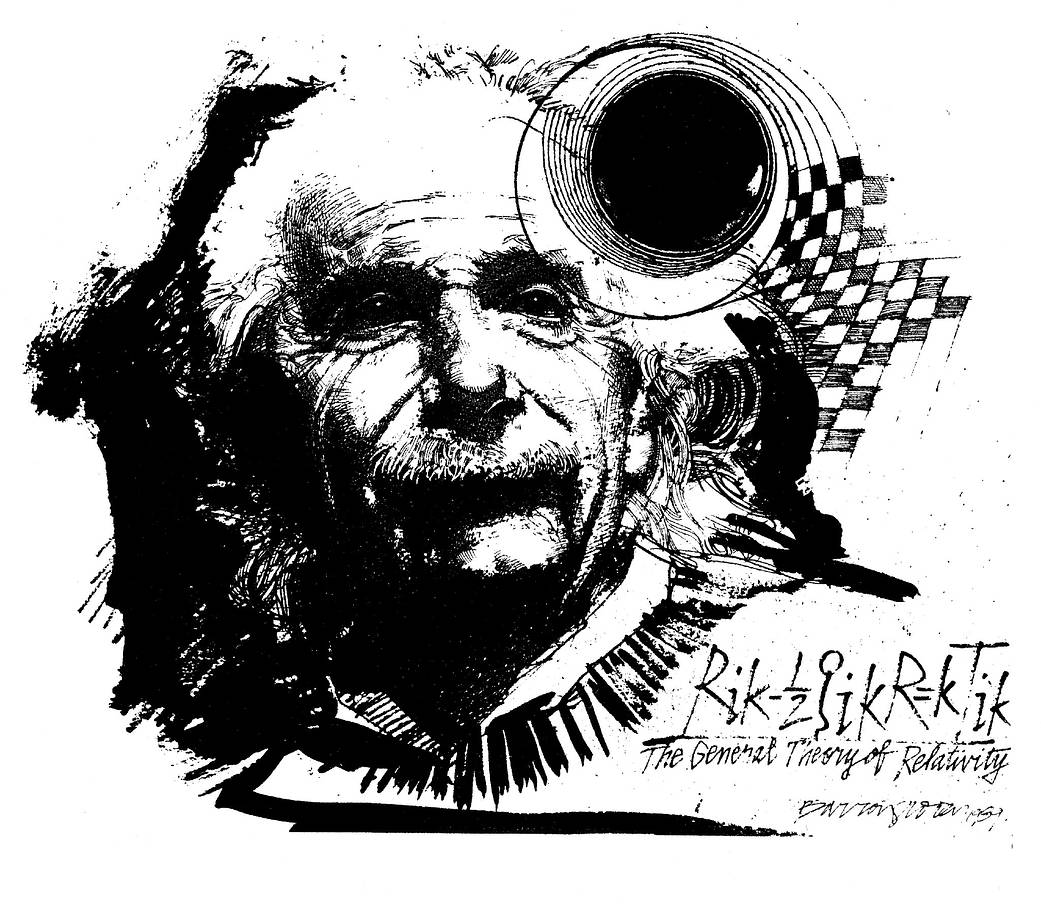
Einstein’s general theory of relativity was embedded deeply within the larger framework of nineteenth and early twentieth century theory and experimentation. His own 1905 special theory of relativity had established the speed of light as the upper limit of signal propagation and demolished the Newtonian notions of absolute space and absolute time.
Born in Ulm, Germany on March 15, 1879, Albert Einstein revolutionized our understanding of gravity and laid the foundation for the many scientific and technological breakthroughs that came after him. In November 1915, Einstein made one of the most profound intellectual breakthroughs in the history of physics when he developed the full implications of his ideas on gravitation into his general theory of relativity (published in 1916). Departing from Isaac Newton’s conception of gravity as a force transmitted instantaneously over distances, Einstein posited that gravity operated as less of a force and more as a field which distorted space and time around massive objects.
Image credit: Stanford University/Barron Storey



























